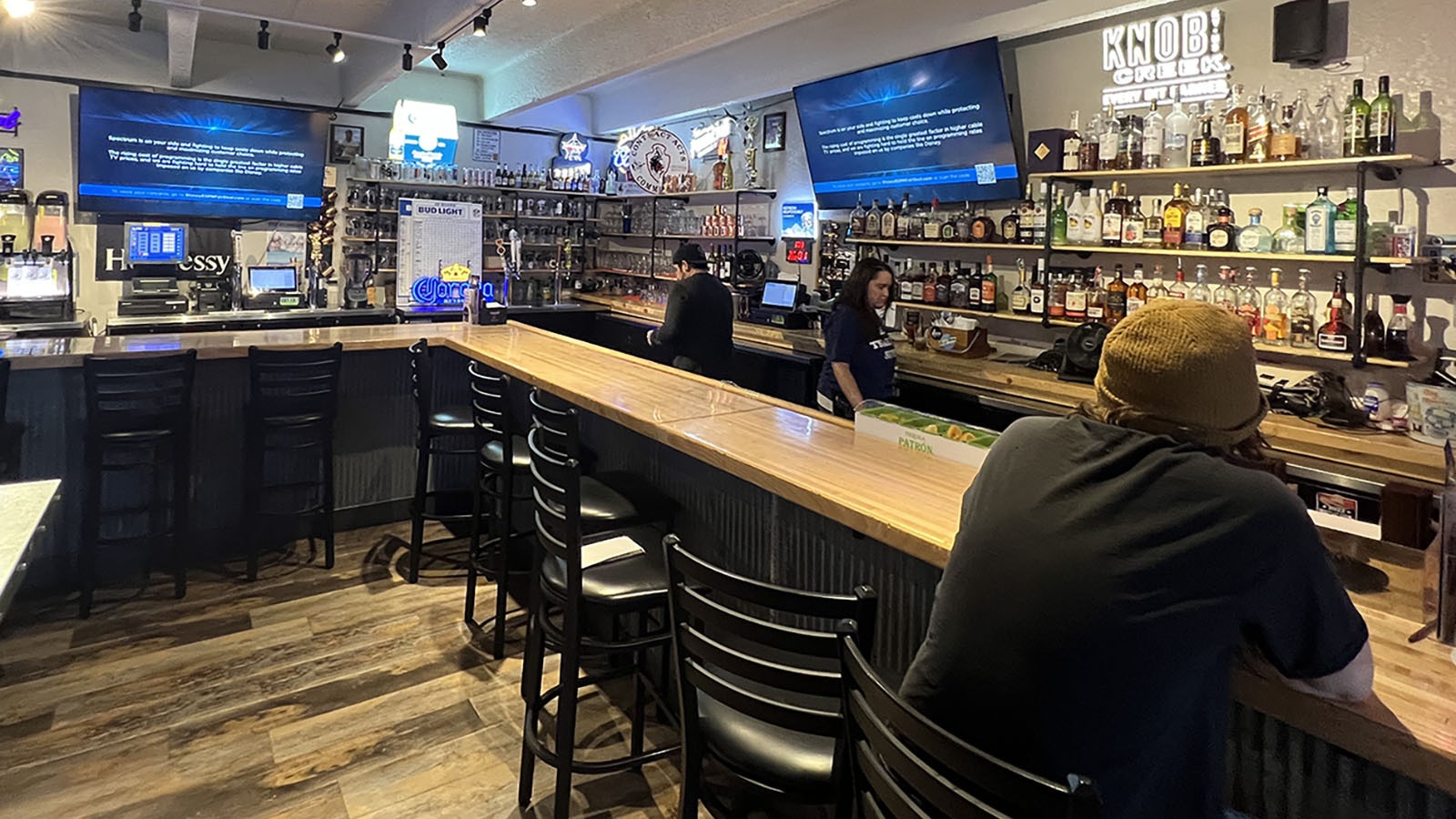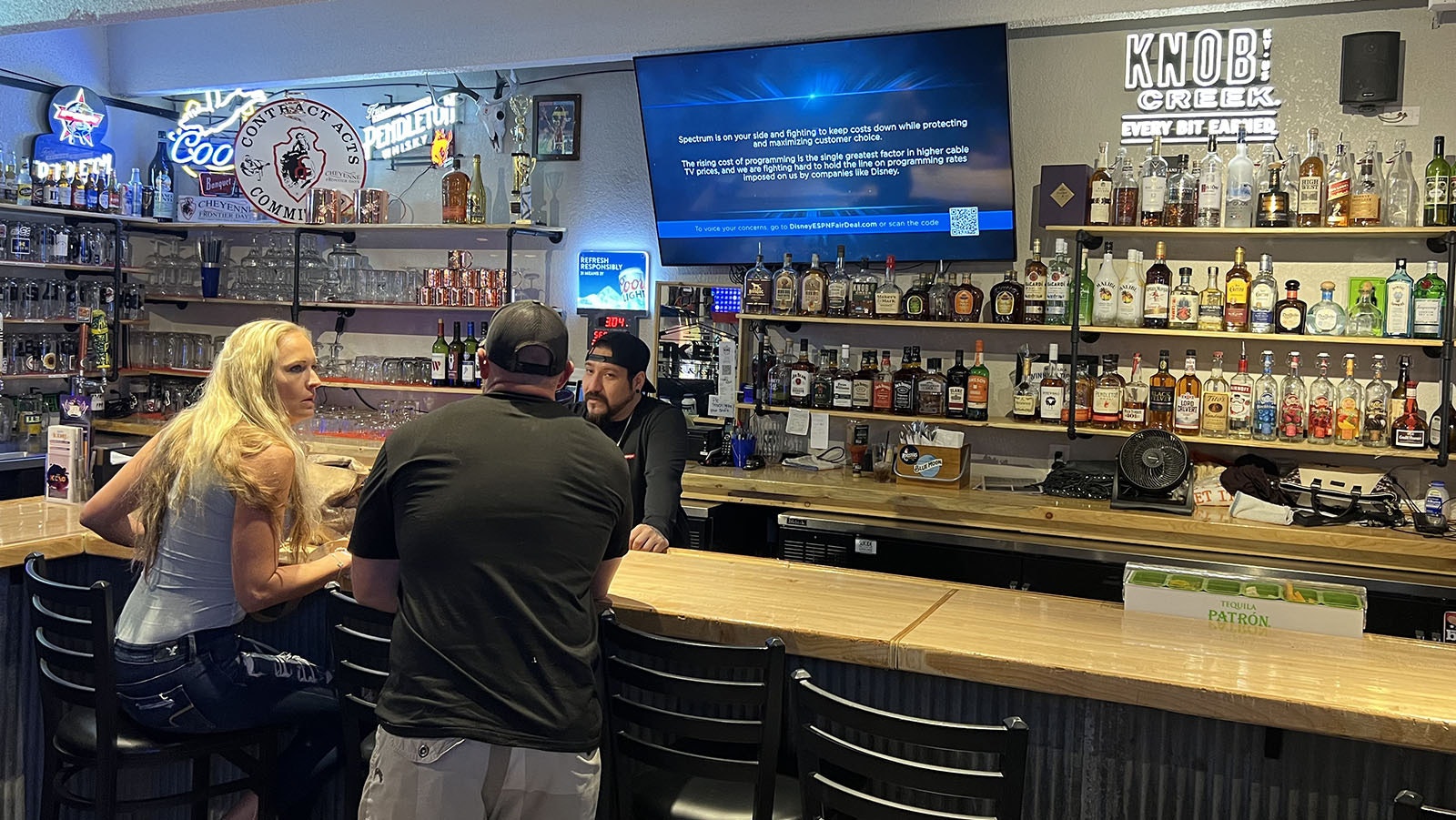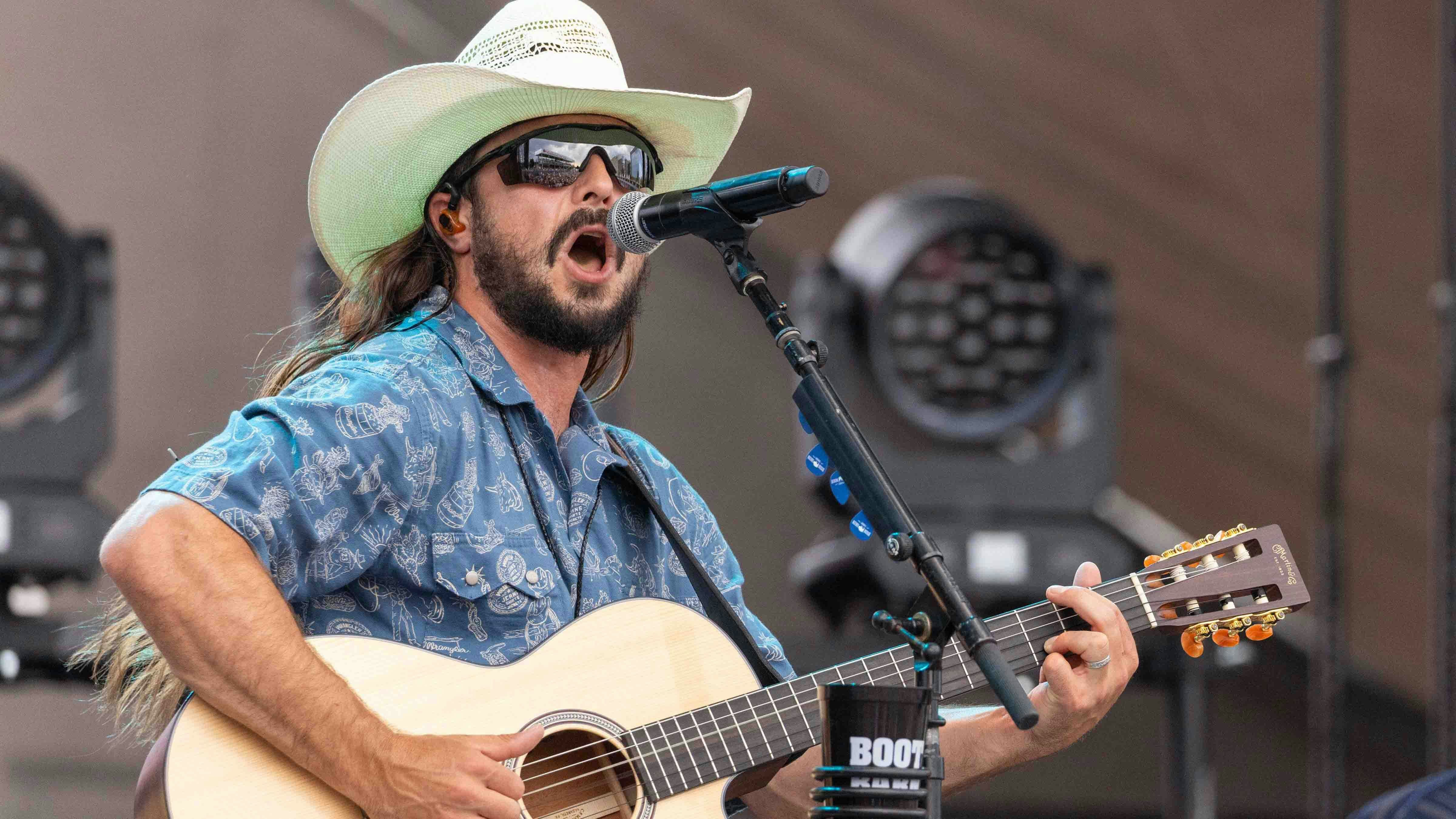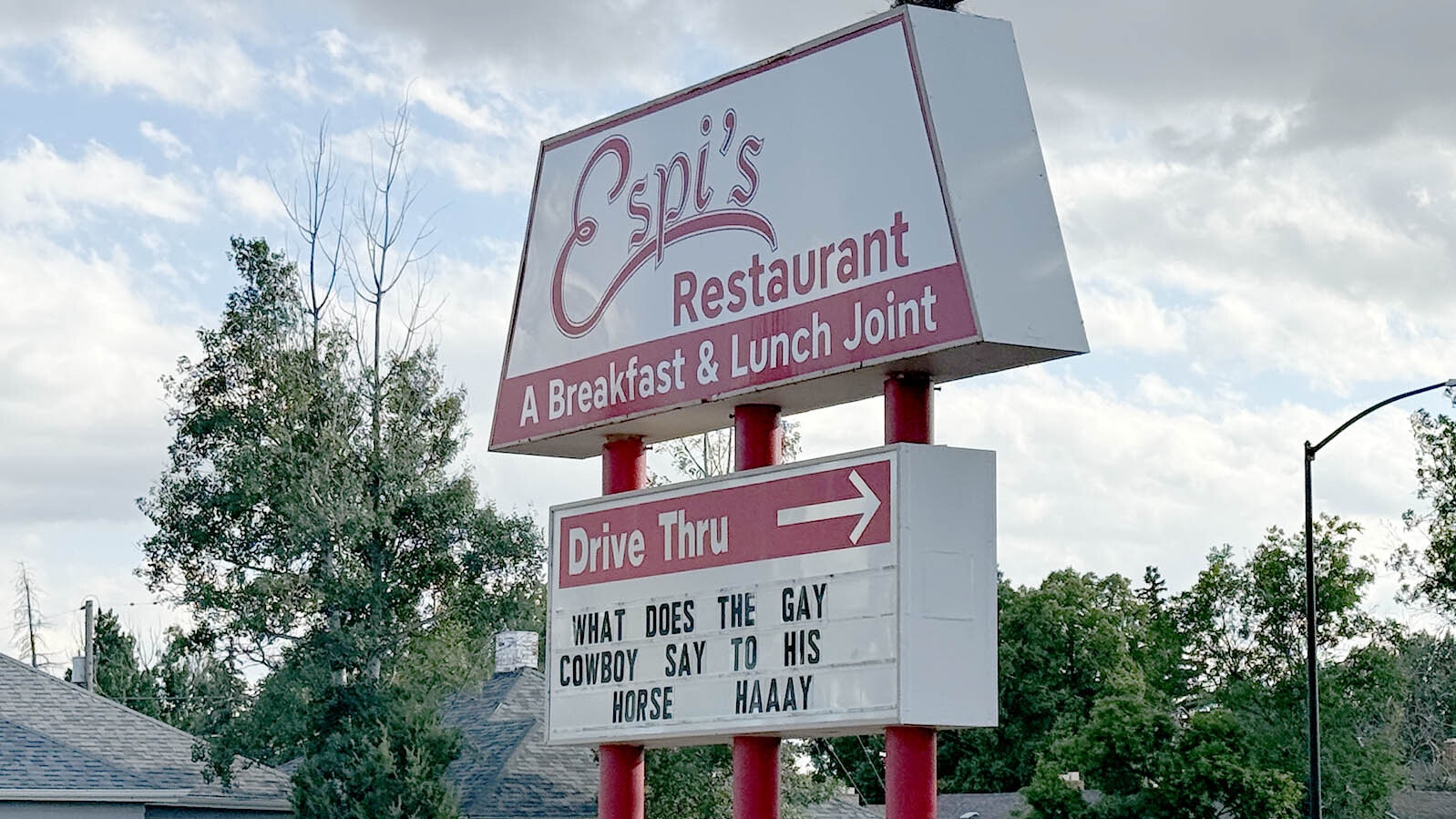Wyoming’s Spectrum cable television customers who are ready for some football may be out of luck this season — just in time for the first full weekend of college football action.
The ESPN stable of channels, as well as other Disney-owned cable networks, have all been pulled from Charter-owned Spectrum during a dispute over contract fees.
Spectrum has posted a message on the Disney-owned channels blaming Disney for the discontinuation of the channels for customers trying to access them.
“We offered Disney a fair deal, yet they are demanding an excessive increase,” the message says. “They also want to limit our ability to provide greater customer choice in programming packages, forcing you to take and pay for channels you may not want.”
Spectrum goes on to say in the customer message that it will continue to negotiate with Disney “in good faith” for a deal that’s fair.
The blackout has not only inconvenienced sports fans hoping to catch the Florida vs. Utah game Thursday night, it also comes amid the U.S. Open tennis tournament.
ESPN and ABC are scheduled to air at least 10 college football games through Monday for the first full weekend of the season, meaning a whole lot of football has gone dark for many Wyoming customers in Casper, Cheyenne, Gillette, Laramie and anywhere else served by Charter Spectrum cable television.
At Ike’s Bar and Grill in south Cheyenne, not having that Florida vs. Utah football game — Utah won 24-11 — took money out of the pockets of those expecting to serve fans for the game, said manager Allison Groendal.
“We had a couple people leave because of it,” she said, adding that the bar doesn’t depend solely on Spectrum. It also has DirecTV satellite, but they still can’t show any of the games fans expected to see on a Disney-owned channel.
But it’s not just sports fans the blackout affects. Spectrum customers have also lost popular shows like Jeopardy, Wheel of Fortune, Eyewitness News, National Geographic and more.

Broken Ecosystem
The video ecosystem is broken, Charter CEO Chris Winfrey told investors during a conference call Friday morning discussing the dispute.
Traditional broadcasting companies have lost nearly 25 million customers, or 25% of the market share as more and more nontraditional streaming services selling programming direct to consumers has emerged.
Charter has bucked that trend, losing just 10% of its customer base, Winfrey said. One of the reasons for that has been its flexibility in pricing and packages. The company how has nearly 15 million customers.
But Winfrey said Disney, in its negotiations, is insisting on bundling even more products in at a higher price, which would limit Spectrum’s ability to continue offering flexible packages.
“I’m disappointed that Disney so far has insisted on higher prices, forcing customers to take their products even if they don’t want them or can’t afford them,” he said. “And asking us to require customers to pay for direct-to-consumer apps their linear fees already pay for.”
That basic unfairness, Winfrey said, is the reason the companies haven’t been able to reach a deal.
“Disney has to lead, instead of pursuing the same playbook which drives a vicious cycle of video customer declines,” Winfrey said. “Ultimately, Disney gave us a choice to either carry on with a bad path for consumers or to look to a completely new model for our consumers.”
How We Got Here
Early on, the video industry had a chance to embrace changes that were coming to the marketplace with concepts like TV Everywhere, Winfrey noted, but failed to come together to create a consumer-friendly product.
That failure has led to the current situation where so many emerging streaming applications exist that offer programming that used to be exclusive to traditional broadcasters.
Meanwhile, those same programmers have raised rates to support their direct-to-consumer efforts, which has put an untenable squeeze on cable companies that are left offering products consumers can often get elsewhere more cheaply.
Charter’s offer to Disney was a partnership that could have helped transform the industry and help each partner to grow business, President of Products and Technology Rich DiGeronimo said.
That proposal included support for ESPN’s plans to go direct to consumer, as long as Charter could preserve its flexible program offerings and ad-supported video could be made available at no extra cost, since it was already paid for by advertising.
But Disney wanted Charter-Spectrum to pay license fees even for customers who don’t receive any Disney content, DiGeronimo said, as well as other bundling requirements that would have added new incremental costs for customers.
Charter Already Mulling New Options
Winfrey indicated Charter is already looking at new and innovative options for programming so that it doesn’t need a deal with Disney.
“We’ve reached the point of indifference under the current industry model,” he said. “We have the unique ability to stand firm for a deal where Disney and Charter cooperate to create video products that are valuable and relevant to consumers.”
Declining the Disney deal will save Charter more than $2.2 billion for 2023, improving profit margins and lowering capital needs.
Winfrey said the company has many other options it can pivot to, with so many alternative sources of video content out there. He also indicated that in the future, Charter will also help customers find such alternatives.
“We’ll help them downgrade the video product and will actually help them with alternative sources of video content where they can go get the channels they’re looking for,” he said. “And I think longer term, if that’s where we ended up and that we ended up moving on, I’d expect to have a pretty attractive commercial relationship for us to be able to enable that type of migration.”
Disney Is Also Moving Ahead
Disney, on the other hand, said it offered Charter “the most favorable” of terms for rates, distribution, packaging and advertising, and that they have also proposed creative ways that would make Disney’s direct-to-consumer services available for Spectrum TV subscribers in flexible packages.
“Although Charter claims to value our direct-to-consumer services, they’re demanding these services for free, as they have publicly stated,” Disney told Cowboy State Daily in an email. “Charter is depriving consumers of that content because they are failing to ascribe any value in exchange for licensing those services.”
Disney CEO Bob Iger, meanwhile, has indicated in the company’s most recent earnings call that it, too, has other alternatives for getting its products out, including direct-to-consumer options for ESPN.
“It’s not a matter of if, but when,” he told investors. “The team is hard at work looking at all the components of this decision, including pricing and timing.”
Ratings for ESPN have continued to increase, Iger added, which creates tremendous future advertising potential, as well as considerable interest from many different entities in a strategic partnership with ESPN. That could include distribution technology, marketing and content opportunities.
Iger also mentioned that Disney is pursuing a “one-app” experience for consumers, something they’ve already successfully explored in international markets.
“We see a future where consumers can access even more of the company’s streaming content all in one place, resulting in higher user engagement, lower churn and greater opportunities for advertisers,” he said. “We’re also very optimistic about the long-term advertising potential of this business, even amid a challenging ad market.”
Ad-supported Disney+ subscriptions will be offered in Canada and select European markets starting Nov. 1, while a new ad-free bundled subscription plan that features Disney+ and Hulu is debuting in the United States on Sept. 6.
Renée Jean can be reached at renee@cowboystatedaily.com.





